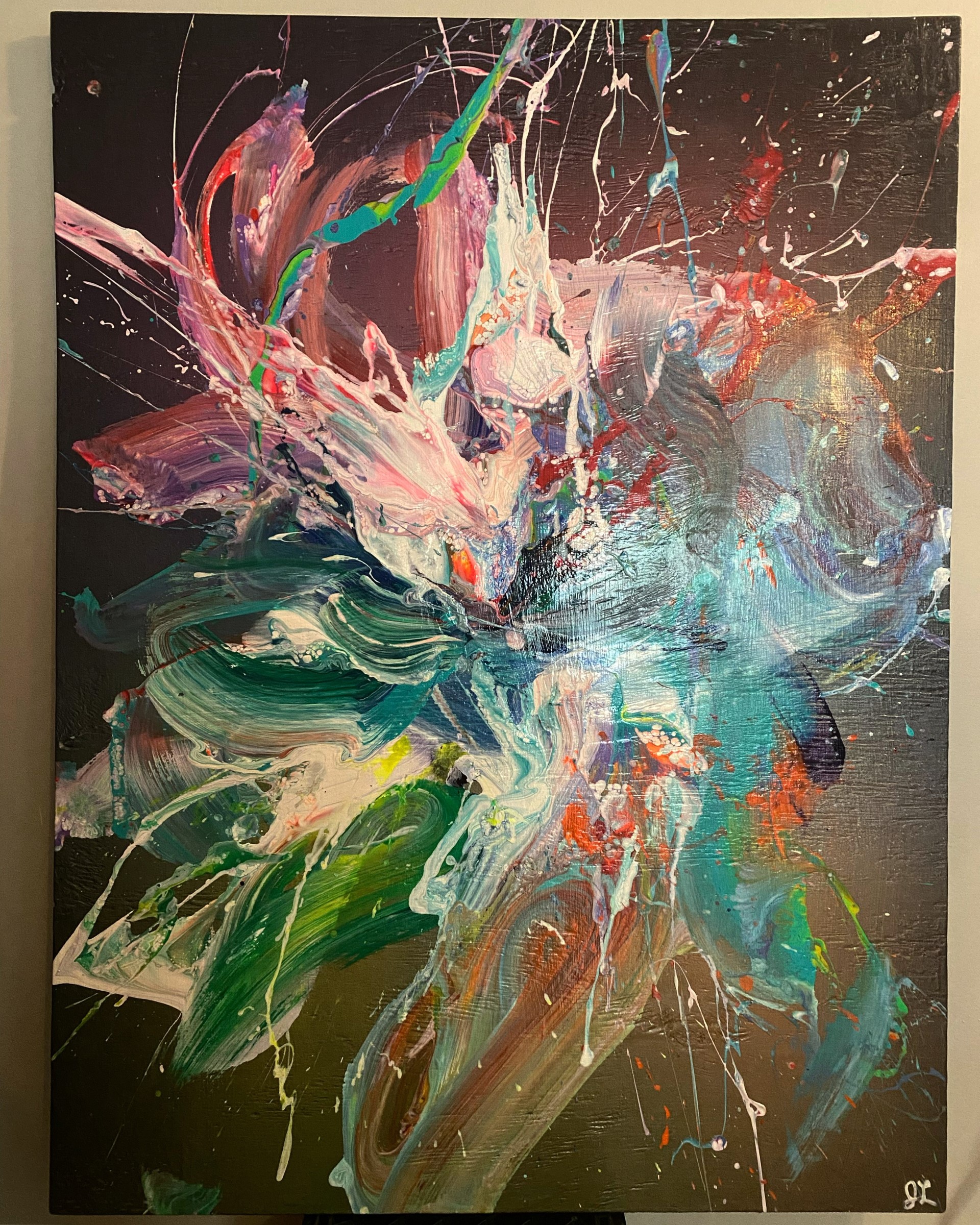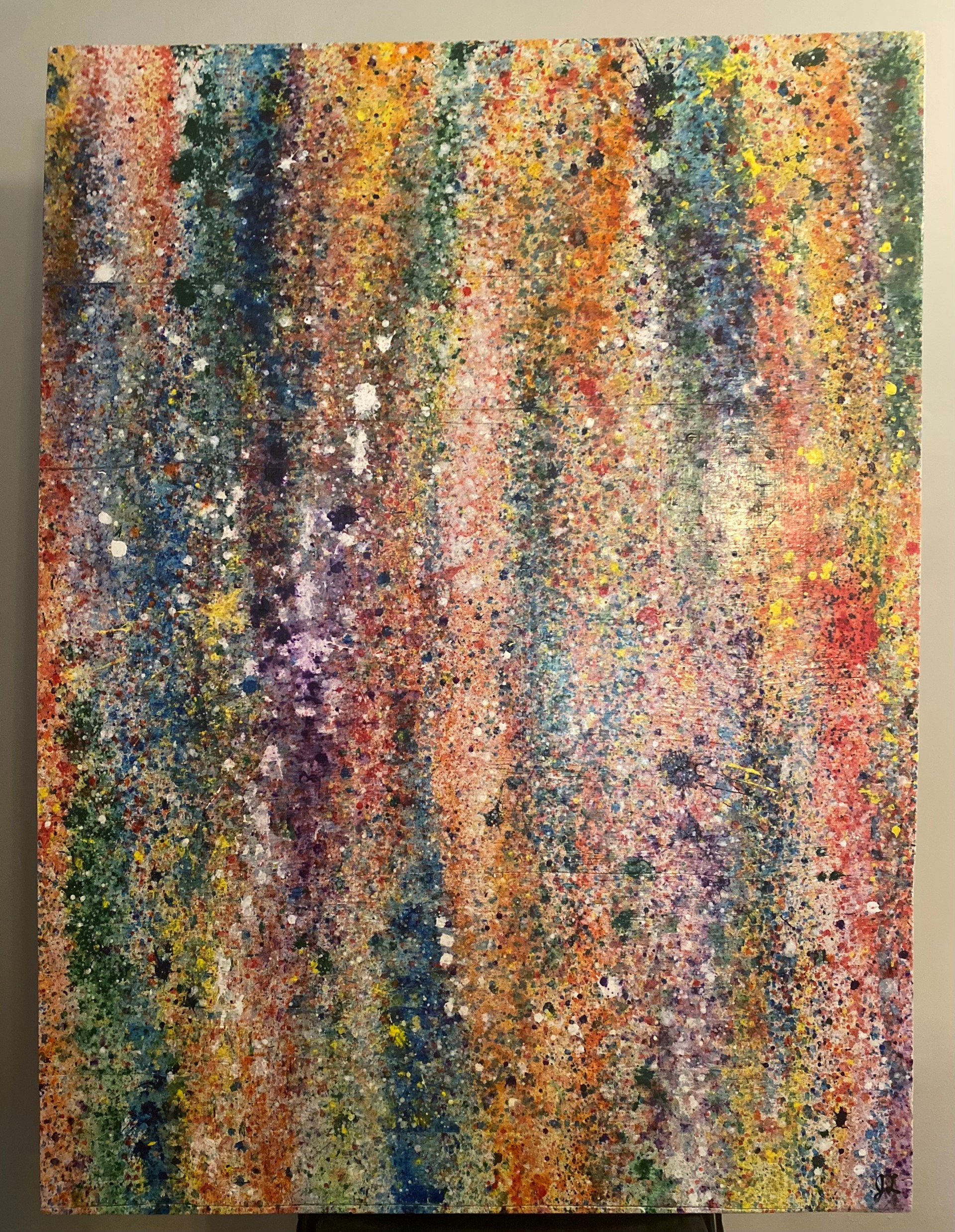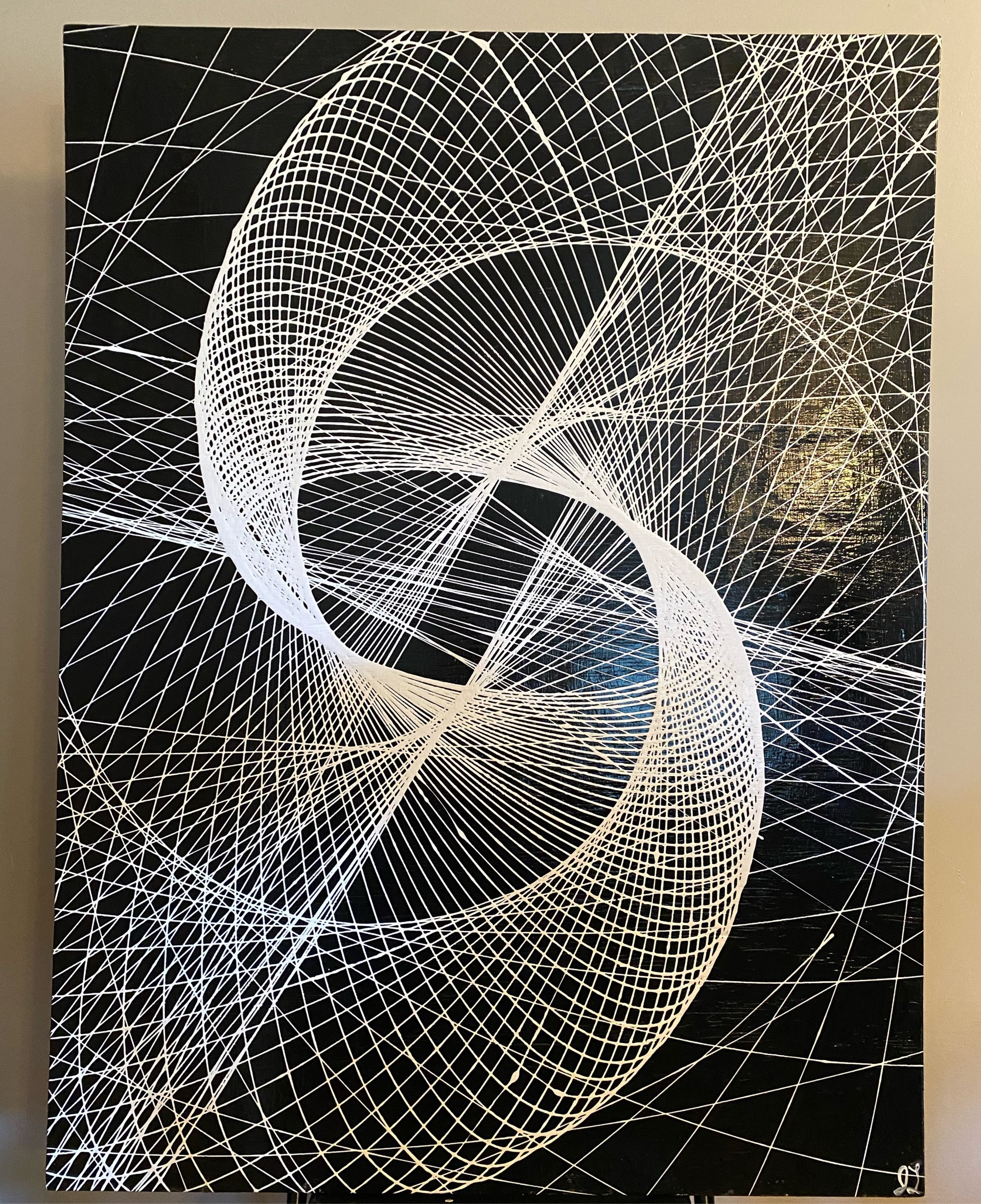Spotlight on Humanities in Medicine:
Students’ Creativity Shines in Final Projects
 Paintings, drawings, poetry, musical performances, original dances and even a shoebox
Mardi Gras float. These might not be the first things that come to mind when you envision
the grueling coursework and study load of medical students. But original projects
that reflect a theme or an idea that was stimulated by the Humanities in Medicine
typically ends with artistic creations of all kinds.
Paintings, drawings, poetry, musical performances, original dances and even a shoebox
Mardi Gras float. These might not be the first things that come to mind when you envision
the grueling coursework and study load of medical students. But original projects
that reflect a theme or an idea that was stimulated by the Humanities in Medicine
typically ends with artistic creations of all kinds.
Humanities in Medicine is offered in the fall for second-year students and in the spring for senior students. Course director Dr. Cathy Lazarus, along with Dr. Patrick Greiffenstein, Dr. Jason Mussell, and Dr. David Smith, have taught the course since 2017. The course provides an overview on the history of medicine and its portrayal in film, the visual arts, and literature.
Humanities in Medicine continues to grow in popularity, and won Best 4th Year Course from the Class of 2023 last year.
“The creative project is the highlight for us as faculty,” Lazarus said.
The coursebook describes the course as a way to enhance the student’s “ability to understand, value, and relate to others, and gain an appreciation of their own personal journeys towards physician-hood” through “reading, discussion, and reflective writing.”
 Jonathan Legier was inspired by his core clerkship rotations and is creating seven
works of art depicting each of his experiences in a special way.
Jonathan Legier was inspired by his core clerkship rotations and is creating seven
works of art depicting each of his experiences in a special way.
Greiffenstein described the completed pieces as “worthy of any gallery wall.”
“The Humanities in Medicine class was an amazing opportunity to grow as a physician in a truly unique way. The class provided a space to explore creativity regardless of the artistic skill level of the class participants. Singers, musicians, writers, painters, craftsmen, and appreciators of the arts joined together to discuss their interpretations of countless pieces of art. The experience allowed us to dissect the intersection of art and medicine throughout history. We focused on the stories being told and the subtle, deeper meanings that the various artists conveyed with each of their works within various mediums. The class left its students feeling rejuvenated while learning how to appreciate new perspectives in their future practices,” Legier said.
Legier was inspired to create artwork representing each rotation when he began his third year. “I have been reflecting on each experience throughout the year to best represent the unique facets of medicine. I want each piece to be objectively beautiful on its own, but I want them all to tell the story of respective specialties. Together I want them to represent the Art of Medicine,” he said.
To date, Legier has completed four pieces.
“Over the Rainbow” (image, above left) was inspired by his psychiatry rotation and was the first piece in his series. The 36” x 48” acrylic painting on wood panel reflects the trauma shared during the experience and depicts the chaos seen while working with patients.
“The pieces don’t always fit together the way you expect them to, but even a deconstructed rainbow is still beautiful,” he said.
“The Complexities of the Mind” (image, below left) was created following his neurology rotation. The 36” x 48” latex paint on wood panel piece was created using a pendulum pour.
 “I thought the mathematical pattern and the intricate connections of the lines were
reflective of the neural synapses in the brain. The pattern was also reminiscent of
the EEG imaging used to access brain waves, and the overall image exuded a sense of
consciousness,” he said.
“I thought the mathematical pattern and the intricate connections of the lines were
reflective of the neural synapses in the brain. The pattern was also reminiscent of
the EEG imaging used to access brain waves, and the overall image exuded a sense of
consciousness,” he said.
“Flower in Bloom” (image, top right) reflects his time during his pediatrics rotation. Legier said he hopes the 36” x 48” spray paint and acrylic paint on wood panel “captures the child-like joy of the pediatrics rotation. The entire rotation has a playfulness embraced by the healthcare teams that I wanted reflected in the piece. The brush strokes convey the image of finger painting as if a child had abandoned a half-finished piece. I wanted to glamorize that aesthetic and capture the beautiful energy of pediatrics.”
The course directors are currently considering ways to feature the students’ work so that they can be enjoyed and appreciated by a larger audience.
